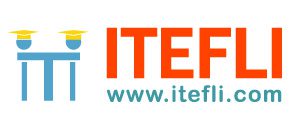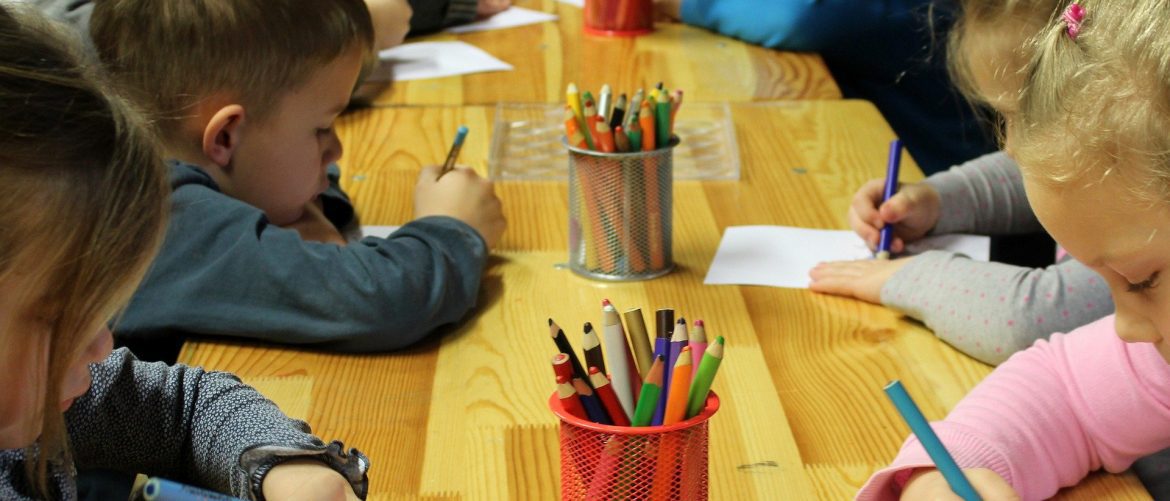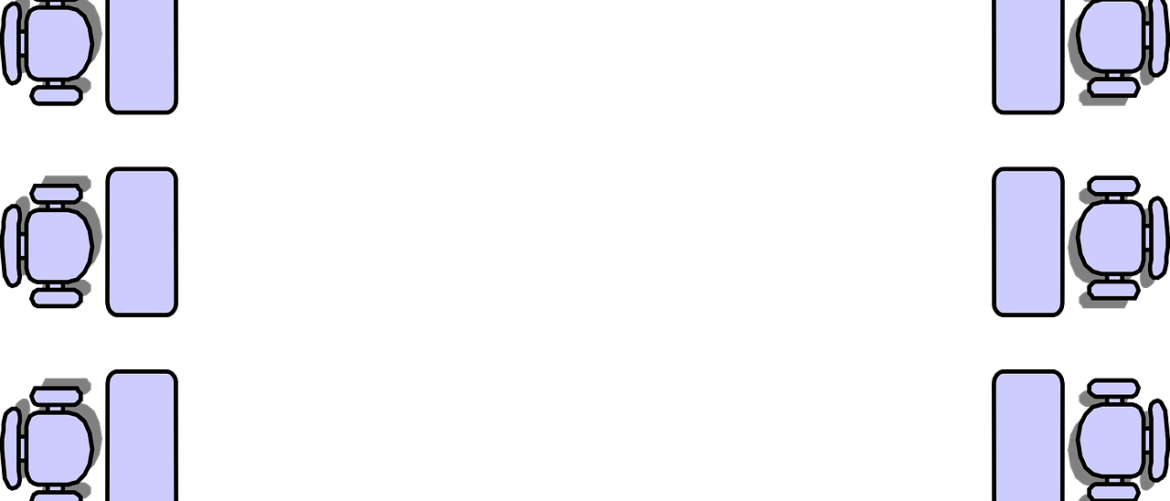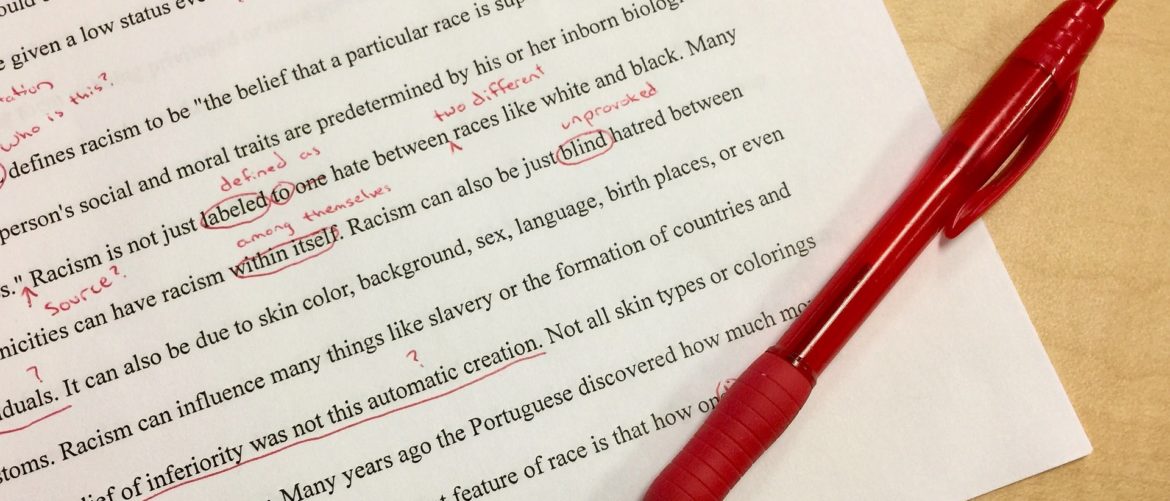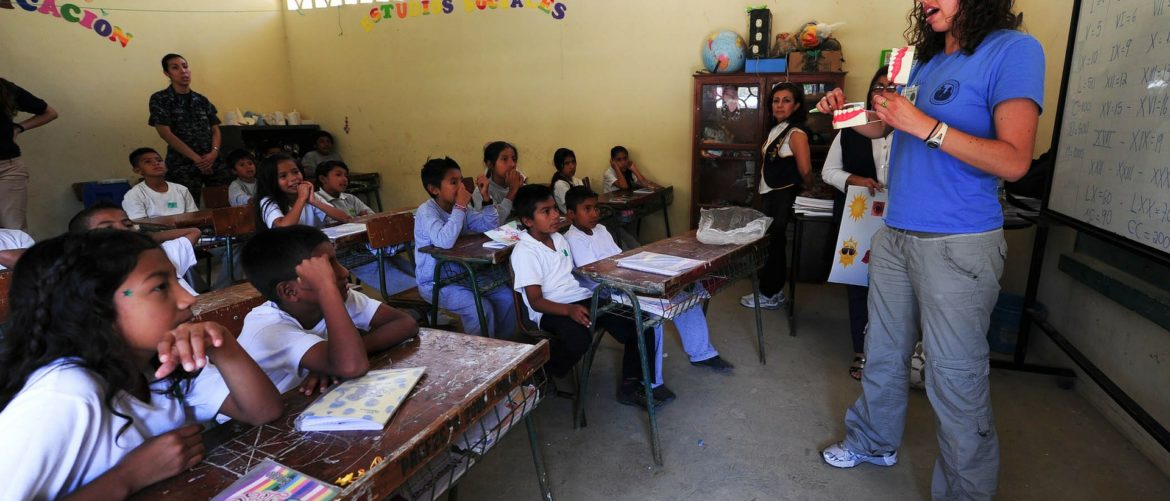Audio-Lingual Method The Audio-Lingual Method (Audio-Lingualism) is based on the behaviourist belief that language learning is the acquisition of a set of correct language habits. The learner repeats patterns until able to produce them spontaneously. Once a given pattern – for example, subject-verb-prepositional phrase – is learned, the speaker can substitute words to make novel…

